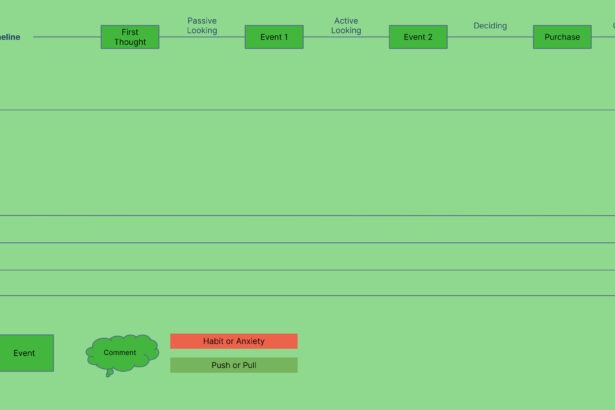
Understanding and meeting customer needs is key to successful B2B software product management. This brings us to the concept of ‘Jobs to Be Done’ (JTBD). This framework goes beyond traditional market segmentation by focusing on why customers ‘hire’ a product or service. This approach, championed by innovation experts like Clayton Christensen, delves into the specific tasks or ‘jobs’ customers are trying to accomplish, offering a lens through which product managers can more effectively cater to their market.
The Core of JTBD
At its essence, JTBD is rooted in the idea that customers do not merely buy products or services; they hire them to fulfill a specific job or need. This perspective shifts the focus from the product to the customer’s objectives, emphasizing the importance of understanding not just what customers are doing but why they are doing it.
Consider, for example, a B2B software firm specializing in project management tools. Traditional market analysis might segment customers by industry, size, or budget. However, JTBD requires a deeper dive. It prompts questions like: What specific tasks are users trying to accomplish with project management software? Are they trying to streamline communication, enhance resource allocation, or improve deadline adherence? Understanding these ‘jobs’ provides clearer guidance for product development and marketing strategies.
The JTBD Framework in Action
- Identifying the Job: Begin by conducting in-depth customer interviews and surveys. Focus on the tasks they are trying to complete and the challenges they encounter. This step is crucial for uncovering the real ‘job’ your product is being hired to do.
- Understanding the Job Context: Every job exists within a specific context. Factors like company size, industry, and existing processes can influence how a job is performed. Grasping this context is key to tailoring your product to actual user needs.
- Job Execution: Analyze how customers currently complete the job. What tools or methods are they using? What are their pain points? This insight can highlight opportunities for innovation and improvement in your product.
- Job Satisfaction: Finally, assess how well the job is being done. Are customers satisfied with current solutions? What gaps exist? Understanding this can guide product enhancements and feature development.
The Takeaways
- Prioritize Understanding Over Assumptions: As a software product manager, your first and foremost task is to deeply understand the specific ‘jobs’ your customers need to accomplish. This goes beyond surface-level assumptions about your product’s use and dives into your customers’ actual tasks, challenges, and goals. By prioritizing this understanding, you ensure your product development and marketing strategies align with real customer needs.
- Context Is Key: Recognize that every job exists within a unique context. Factors like company culture, industry specifics, and existing workflows significantly influence how a job is executed. Tailoring your product to fit into this context can drastically enhance its relevance and usability for your customers.
- Continuously Evaluate Job Satisfaction: The market and the jobs your product is hired to do are dynamic. Regularly assess how well your product fulfills these jobs and where it can improve. Customer feedback, market trends, and competitor analysis are invaluable tools for this ongoing evaluation. Keeping a pulse on job satisfaction ensures that your product remains indispensable to your customers, adapting as their jobs evolve.

